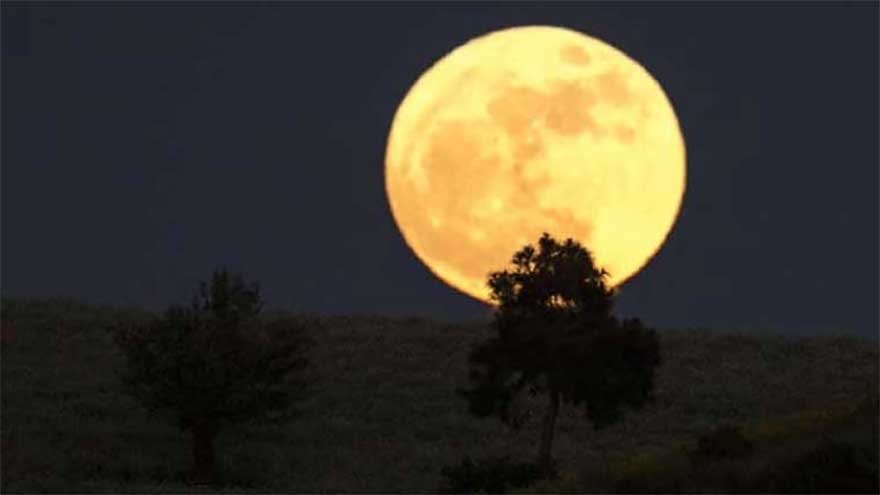Astronomers have made a groundbreaking discovery in deep space, observing a young rogue planet that appears to be voraciously devouring the gas and dust around it. The finding sheds new light on how such free-floating worlds, which drift through space without a host star, may form and evolve.
The rogue planet, known as Cha 1107-7626, lies approximately 620 light-years from Earth in the constellation Chamaeleon. Researchers estimate that it is between five and ten times more massive than Jupiter, making it one of the most intriguing planetary-mass objects ever observed.
The planet was detected during an intense burst of growth, as it rapidly accumulated surrounding material in a process typically seen in young stars. During its peak in August 2025, scientists observed it consuming gas and dust at a staggering rate of six billion tons per second, eight times faster than its growth rate just months earlier.
“The outburst we detected is extraordinary,” said astronomer Víctor Almendros-Abad of the INAF Astronomical Observatory of Palermo in Italy, lead author of the study published in The Astrophysical Journal Letters. “It shows that the same processes that drive star formation can also occur on a planetary scale.”
According to Almendros-Abad, Cha 1107-7626 is only one to two million years old, making it extremely young by cosmic standards. The research team believes the planet is nearing the end of its formation stage and is unlikely to gain much more mass.
The observations were made using the European Southern Observatory’s Very Large Telescope (VLT) in Chile. Researchers believe the planet’s strong magnetic fields are funneling gas from its surrounding disk inward — a phenomenon previously observed only in young stars.
Co-author Belinda Damian, an astronomer at the University of St Andrews in Scotland, noted that the discovery could help scientists better understand the birth of rogue planets. “These objects challenge our traditional view of planetary systems. They show us that planets can form in isolation, dynamically evolving like stars in their early stages,” she explained.
Rogue planets, also known as free-floating planetary-mass objects, wander through space unattached to any star. Their origins remain mysterious — some may have formed independently, while others could have been ejected from developing solar systems.
Cha 1107-7626’s unusual growth behavior bridges the gap between planets and stars, offering new insights into the fine line separating the two. Astronomers hope further study will reveal whether such rogue worlds are more common than previously thought, helping unravel the complexities of cosmic evolution.
Topics #Astronomy #Astrophysics #Cha 1107-7626 #NASA #Planet Formation #Rogue Planets #Science News #Space #trending pakistan #Very Large Telescope




